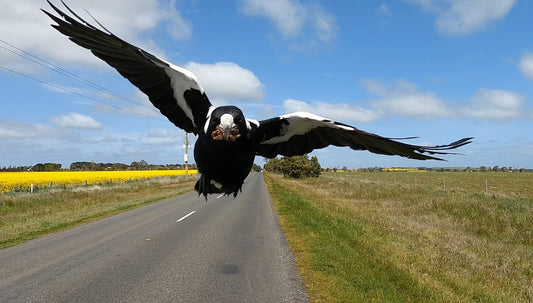If you are in the market for a new mountain bike, or have been keeping an eye on the trails in the last several years, you may be noticing a change regarding the size of mountain bike wheels. With selection a few years ago limited solely to 26 inch wheels you now have the choice to go BIG. But why would you? Let me explain….
Frame and Handling
The obvious difference between a 26 inch wheel and a 29 inch wheel bike is the wheel size (no way! I hear you say), but you will also notice a few alterations in the frame when measured alongside. When getting down to the nitty gritty and comparing the two wheel sizes, you will find changes such as longer rear stays, a greater angle on the forks, and a lower top tube have all been introduced to accommodate for this much larger wheel and naturally taller bike.
What these changes mean for the rider is firstly a more stable platform, especially in cornering. As a bike that is equally at home cruising the streets as it is playing on mountain trails, the 29er (as it shall be referred to hence forth in the interest of time and ‘cool points’), is a “do everything” kind of character, and particularly great if you spend more time on the road rather than the rocks.
Promoting the stable and relaxed theme further, because of the higher front end gained from the taller wheels, the riding position is much more upright. With less of your body leant forward, and more weight positioned over your posterior compared to the 26 inch wheeled bike, your back and shoulders will become best of friends with the 29er in no time!
This longer wheel base and taller frame does have its downsides. Not nearly as nimble as the 26 inch wheeled bike, if you prefer your bikes to be a little faster around tight trails and able to handle the tricky stuff a lot more confidently, then you should still keep the trusty 26 inch in mind.
Wheels and Tires
Returning to the major difference between the 29er and the 26 inch wheeled bike, the tires and wheels are considerably larger. Like Yoga ball large. Apart from gaining nicknames such as clown bikes, balloon tires, and various other names that shall not pass the tips of my fingers for sake of the wheels dignity, the benefits of a larger wheel and tire are one of the main reasons these bikes have grown in popularity with recreational riders, commuters, and racers alike.
Considerably smoother than a smaller wheeled bike, the analogy I like to give is to compare a classic mini against an SUV. Where the mini’s small wheels will bump and bounce in and out of ruts and dips (causing an undue amount of rattles and bumps to the individual piloting the vehicle), the larger wheeled SUV will glide over top. Adding to this the greater volume in the tyre makes it feel like you are riding on a blanket of air (you technically are….but hey). With a lot more volume there is a lot more expansion for the tire to remove sharp bumps and hits from your ride. These two factors combined, riders have noted a massive increase in comfort in all terrain, and a major increase in speed as a result.
But with all that extra tire, surely rolling resistance will increase? Well if you leave your tires flat this is true (and true of any bike), but with the correct pressure the larger tires deform less than their smaller cousins. Retaining their shape over rough terrain you have a more reliable contact with the ground, and a longer contact patch (the amount of rubber defying gravity,) making traction and hill climbing easier as well! Science is amazing isn’t it?
Although the 26 inch wheeled bike is more nimble and typically lighter than their new 29er counterpart (and will not be going anywhere soon), the 29er is the definite bike of choice for those wanting to get the most out of one bike. And don’t worry if you are a vertically challenged rider either. They come in exactly the same ‘sizes’ as the traditional 26 inch wheel bike, so fitting a bike is no issue.
Ruining excuses worldwide for not riding a bike, check out our latest addition to the 29er equation on our website!
- Chad Mills from Reid Cycles



